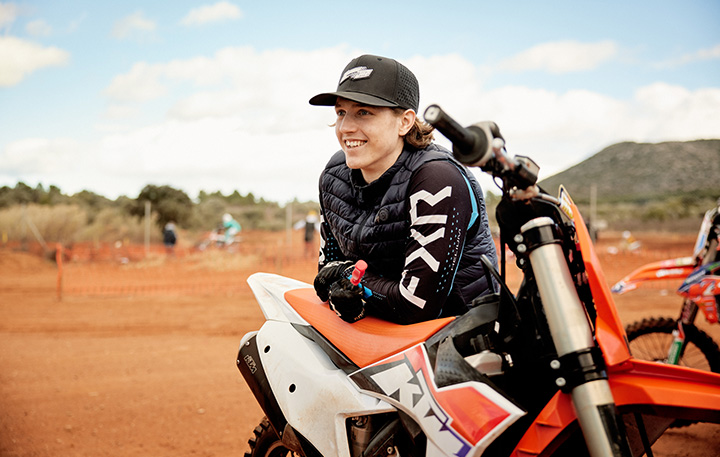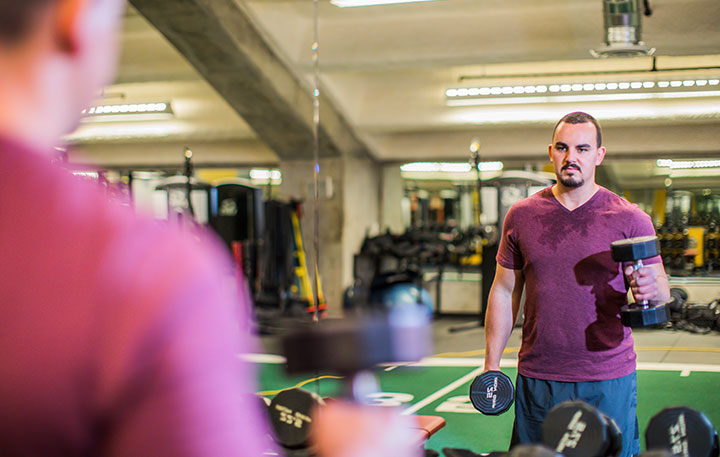- Mulder K. Exercises for people with haemophilia. 2006, Montreal, Quebec, Canada: World Federation of Hemophilia.
- Mulder K and Llinás A. Haemophilia 2004; 10: 152–156
- European Journal of Translational Myology. 2020 Jul 13 Lorenzo Marcucci1,2,3 and Carlo Reggiani, Increase of resting muscle stiffness, a less considered component of age-related skeletal muscle impairment
- T. Hilberg, M. Herbsleb, C. Puta, H. H. W. Gabriel, W. Schramm The Official Journal of the World Federation of Hemophilia. Vol 9 Issue 1 First published: 28 January 2003 Physical training increases isometric muscular strength and proprioceptive performance in haemophilic subjects
- A. Srivastava et. al First published: 06 July 2012 Guidelines for the management of hemophilia Available at: https://doi.org/10.1111/j.1365-2516.2012.02909.x [Accessed 20 July 2021]
- Azevedo, M. 2017. 10 Physical and Psychosocial Benefits of Physical Activity for Hemophilia. [Online] Available at: https://hemophilianewstoday.com/2017/06/22/main-physical-psycho-social-benefits-physical-activity-exercise-hemophilia/ [Accessed 20 July 2021]
Ever wonder if you can keep exercising? Short answer – yes…
But here’s what you need to consider
2021 has truly been a “year of sporting triumphs” with the Euros, Wimbledon Tennis and most recently the Tokyo Olympics. Some of us may have even found it easy to feel inspired by all those athletes at the peak of their sporting game.
However, you do not need to be a top competitor to add exercise to your daily (or even weekly) routine, but for those living with haemophilia being active is an essential part of treatment, and the type of exercise you do must be suited to you.

So why is it so important?
Exercise can help strengthen muscles and joints, improve balance, reduce the risk of bleeding and help bleeding episodes subside faster1 Following injury some muscles can weaken, and others tend to shorten. This happens particularly in the muscles surrounding joints where damage may have been caused by internal bleeding. In these instances, physiotherapy can also aid the healing process and prevent joints from damaging further.
Being active can certainly have several benefits on overall joint health, but it’s not just any activity that counts. For people with haemophilia there are three specific type of exercise that can help in improving joint health:
Strengthening
As the name suggests, strengthening exercises strengthen joints and muscles allowing you to move more freely whilst protecting the joints from changes of force like when you’re going downstairs, or jogging. These exercises can also improve your range of movement and reduce existing joint pain allowing you to move easier.2
Stretching
With age muscles become less elastic.3 Injury and disease can also cause muscle shortening and imbalance particularly at the flexors (muscles that help you bend e.g., biceps) and extensors (muscles that help you stretch or extend e.g., triceps). Stretching improves mobility, helps prevent injury, and can also compensate for muscle imbalance.2
Coordination
Coordination exercises help to improve overall balance and proprioception4, in other words improving your perception or awareness of the position and movement of the body.
Weight-bearing like exercises promotes healthy bone maintenance
and boosts bone density.5
Exercising regularly has a profound effect on
haemophilia treatments and bleeding incidents.6

Through the app you can:
- Access 20 exercises to strengthen and stretch your muscles and improve your balance
- Use the Training Planner feature to put together your own personal exercise routine
- Record your own practice videos with your physiotherapist

Making a choice
As someone living with haemophilia, the decision to take up sports or increase your level of physical activity is an individual one. Haemophilia is unique for each person so making a choice on the most suitable sport and exercise plan for you needs to be a collaboration between you and your doctor, or Haemophilia Treatment Centre (HTC) team.
You may need to begin by asking yourself some honest questions and discussing these with your healthcare team. Armed with answers you can begin to carve out a personalised exercise regime supported by your doctor.
- Ask yourself: What sports do I like (consider your preferences: group or competitive sport vs individual, high intensity vs relaxing activity)?
- Ask your doctor or physiotherapist: What sports are safe for me to do?
- Ask yourself: What would taking a first step in my active lifestyle look like?
- Ask your doctor or physiotherapist: What would starting small look like for me?
- Ask yourself: What are my goals (consider what you want to achieve out of exercising -physical, mental, weight loss)?
- Ask your doctor or physiotherapist: What goals are realistic for me?
- Ask yourself: What would an ideal fitness regime look like for me (consider how often you want to be active, how much time you have, and how you can make exercise part of your lifestyle)
- Ask your doctor or physiotherapist: How often should I be exercising?
* Disclaimer: Improper exercise form can cause injury.

